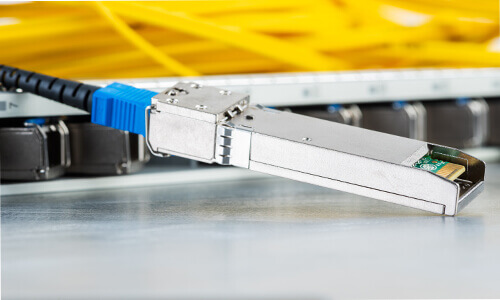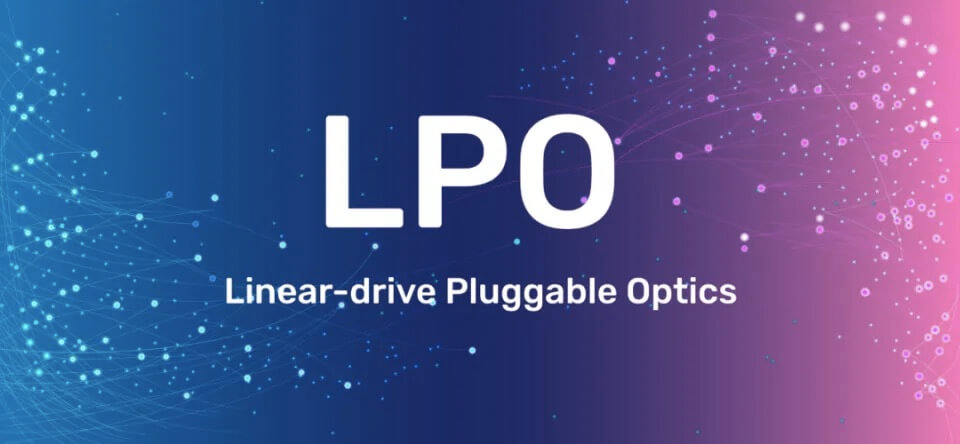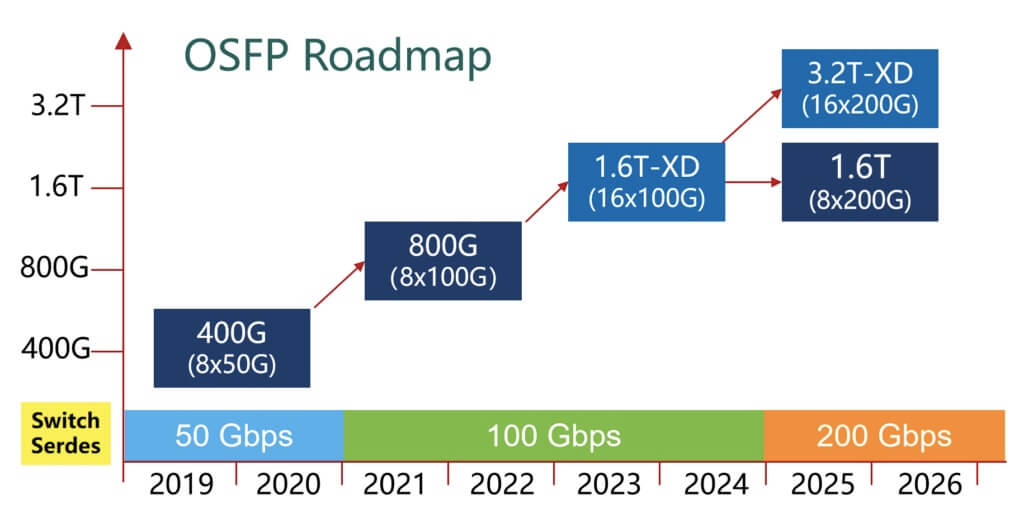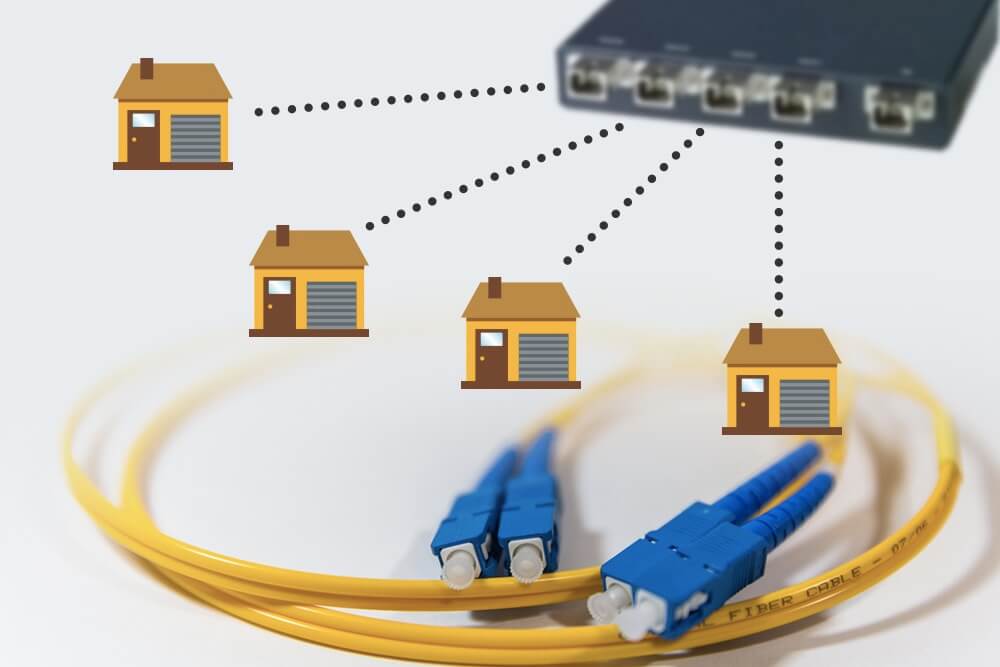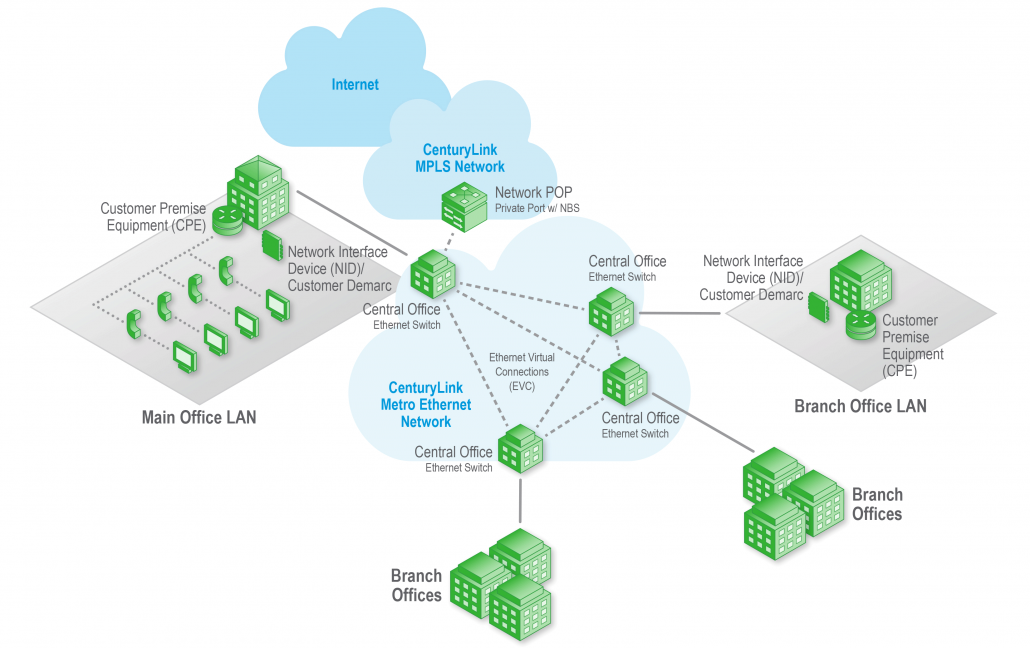Optical Module Working Principle
SFP transceiver all-in-one transceiver because of its miniaturization, easy hot plug and play, support for SFF8472 standard, analog reading convenience (IIC reading), and high detection accuracy (+/-2dBm or less) and gradually become the mainstream of the use of the following SFP optical module as an example, to introduce its internal composition and the related principle […]

